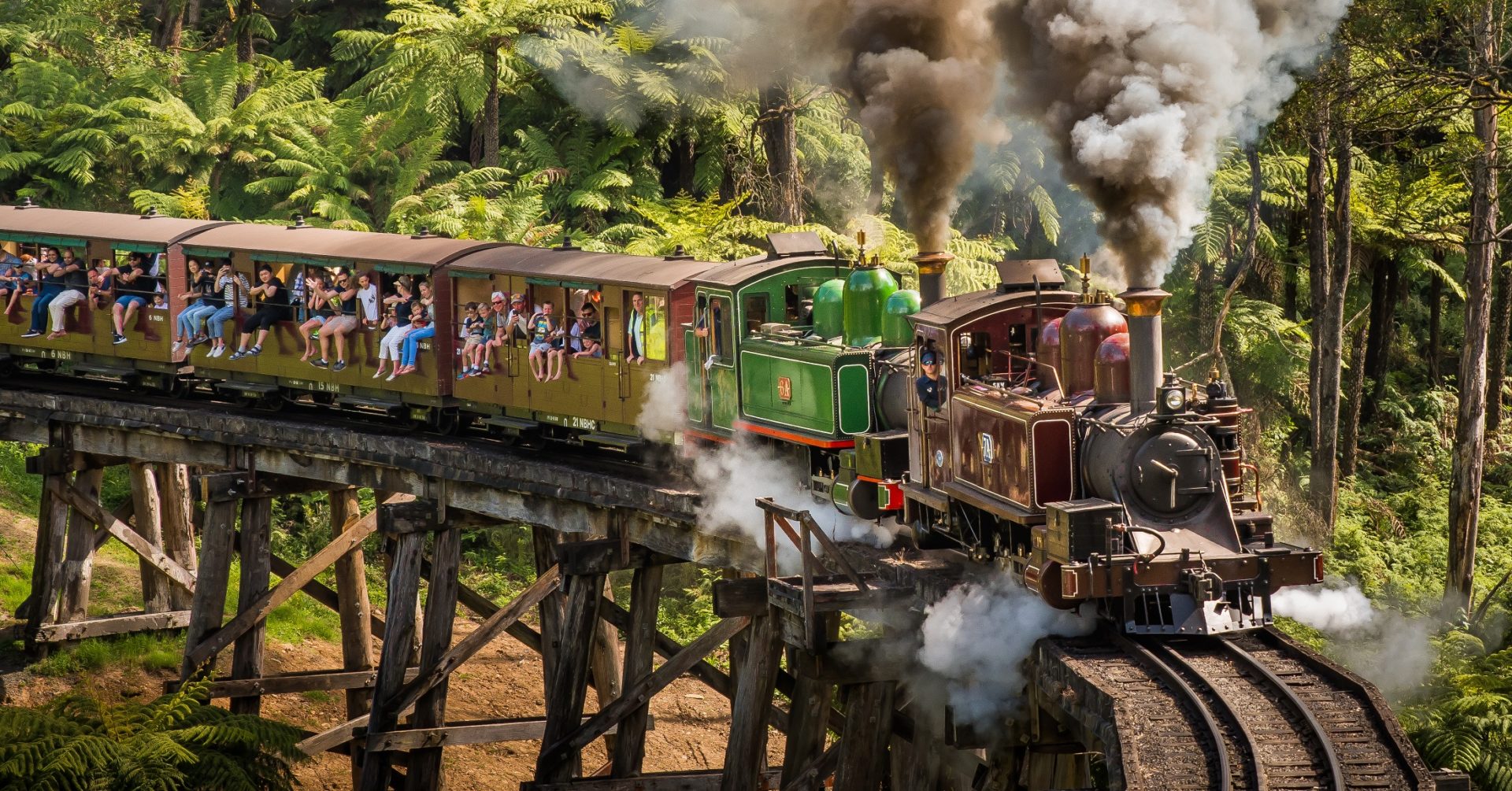Fully qualified engineer in Rolling Stock applies their specialised engineering knowledge to the design, development, maintenance, and safety of railway vehicles (rolling stock). In the rail transport industry rolling stock refers to any vehicle that moves on rails, and accordingly role of a Rolling Stock Engineer involves ensuring the structural integrity, mechanical functionality, electrical systems, and overall performance and safety of trains, trams, and other rail-based transportation.
Basically, rollingstock engineers are responsible for applying engineering principles, conducting analyses, project management, and ensuring compliance with relevant Australian and international standards to deliver safe, efficient, and reliable rolling stock solutions.
Testing and Commissioning Engineers specialising in rolling stock, ensure trains and rail vehicles meet strict Australian safety standards, as well as performance benchmarks before entering service. These highly trained professionals validate everything from braking systems to passenger comforts, playing a crucial role in delivering reliable rail transport. This blog post will explain the specific responsibilities these engineers undertake in the rail industry, and why their work matters for reliable train operations.
What Does a Commissioning Engineer Do?
Rolling stock commissioning engineers focus on the critical final stages of preparing new or significantly modified railway vehicles for safe and reliable operation.
Developing test procedures specific to train systems and components. Conducting dynamic testing on tracks and in depots. Verifying interoperability with existing rail infrastructure. Ensuring compliance with Rail Safety National Law regulations. Documenting all test results for certification authorities (Australia’s national transport safety investigators).
Key Systems They Validate
These specialists test critical train systems for safety, functionality, performance, and compliance with design specifications and relevant standards before the any vehicle enter service.
Test can include but not limited to: braking performance under various load conditions, door operation and its safety features. Propulsion and traction control systems or onboard passenger information systems. Train-to-ground communication networks.
The Rolling Stock Commissioning Process
Commissioning follows a structured approach such as factory acceptance tests at manufacturing sites. Static testing of systems while stationary as well as dynamic testing on designated track sections. Simulation tests to systematically verify and validate that all aspects of new and or modified railway vehicles and their integrated systems function correctly, safely, and according to the specified requirements.

Specialised Testing Environments
Testing occurs in multiple settings such as manufacturer test tracks for initial validation. Depot environments for subsystem checks. Mainline routes for real-world conditions. Climate chambers for weather simulation. Electromagnetic compatibility labs for interference testing.
Required Technical Skills of Rolling Stock Engineers
Successful rolling stock engineers need thorough understanding of train mechanical systems. Knowledge of railway signalling interfaces. Be familiar with RAM (Reliability, Availability, Maintainability) principles. Ability to interpret technical drawings and schematics. Proficiency with diagnostic software and test equipment.
Above all else, one of the most important role the commissioning engineers undertake is to contribute towards safety. They accomplish this through various factors such as preparing technical files for approval bodies. Demonstrating understanding of rail systems interoperability, witnessing tests for safety certification. Compiling maintenance and operation manuals. Training operational staff on system limitations.
Common Challenges Faced by Engineers
Typical project hurdles may include tight delivery schedules from manufacturers, coordinating tests with infrastructure owners. Managing software-hardware integration issues. Addressing non-conformities late in projects. Ensuring consistency across vehicle fleets.
Career Path in Rail Commissioning
The Rolling Stock testing and commissioning field offers a dynamic and crucial role in ensuring the safe and efficient operation of railway networks. The careers within this industry provides opportunities for technical growth, leadership development, and contribution towards significant infrastructure projects in Australia.
Typical progression includes:
- Gaining practical experience through hands-on involvement in commissioning projects.
- Continuous professional development and staying updated with the latest technologies and standards.
- Demonstrating leadership potential and the ability to manage teams.
- Obtaining relevant certifications and qualifications.
What Skills Do You Need To Be a Testing & Commissioning Engineer?
To be a testing and commissioning engineer, you need strong technical knowledge, problem-solving skills, attention to detail, understanding of testing procedures, strong communication skills, and knowledge of safety regulations.
- A degree in Electrical Engineering, Mechanical Engineering, Systems Engineering, or a related field is often a prerequisite for engineering roles in Australia. Technician roles may require vocational qualifications in relevant trades.
- Understanding of railway systems, safety regulations, and relevant standards (Australian and International).
- Experience with testing and diagnostic equipment and methodologies.
- Excellent communication, teamwork, and stakeholder management skills.
- Attention to detail and a utmost commitment to safety.
How Much Does a Testing and Commissioning Engineer Earn in Australia?
Just as in any industry, earnings of Testing and Commissioning Engineers is a broad range, the specific salary will depend on several factors such as experience, qualifications, specialisation, size and type of company you work for just to name a few factors to consider.
Earnings for Entry-level roles for Testing & Commissioning Engineers can range between $60,000 to $120,000+ per-year. Entry-level positions focus heavily on learning the practical application of engineering principles within the specific context of testing and commissioning complex railway systems, particularly rolling stock.
Earnings for Senior and Specialist roles for Testing & Commissioning Engineers can range between $130,000 and $230,000+ per-year.
Earnings for Management and Leadership roles for Testing & Commissioning Engineers can range between $130,000 and $250,000+ per-year.
Need More Advice? Talk to Movement Engineering Experts
At Movement Engineering, we take pride in offering a comprehensive suite of services that ensure your rolling stock vehicles not only meet, but exceed your expectations and detailed requirements. With expertise in both mechanical and electrical streams, we’re your trusted partner from prototypes to routine testing.













